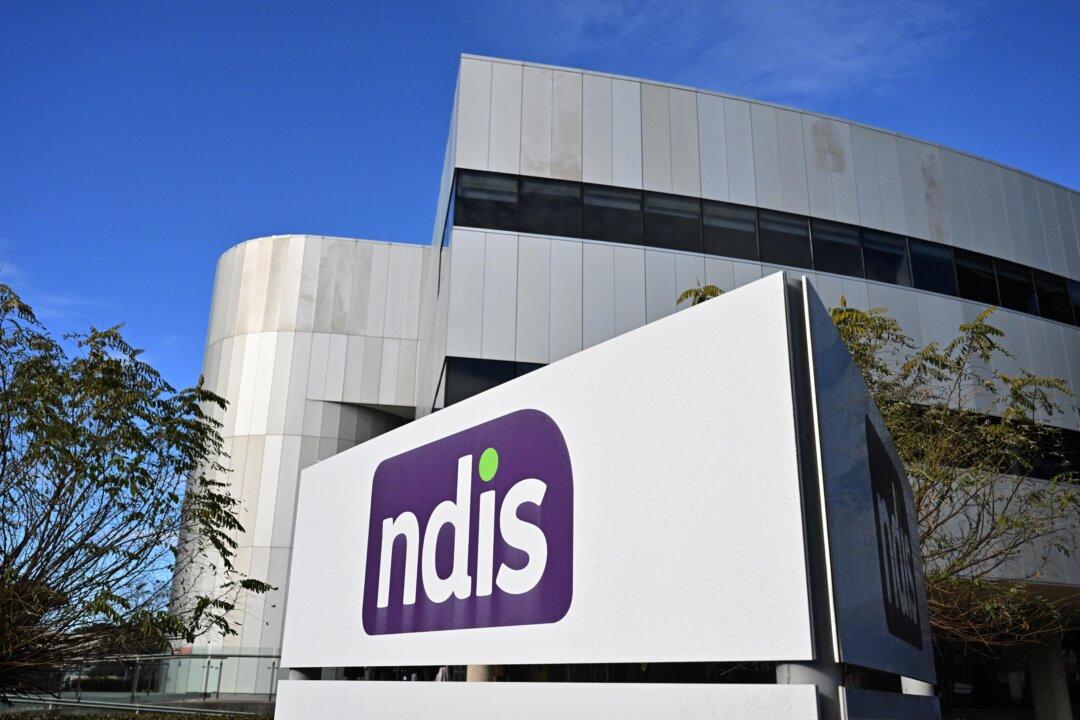Australia’s Budget has revealed the Albanese government’s plan to save more than $74 billion over the next decade by reducing the annual funding target of the National Disability Insurance Scheme (NDIS).
This follows a decision by Federal Labor to cap the annual funding target of the disability scheme at eight percent by July 2026.





